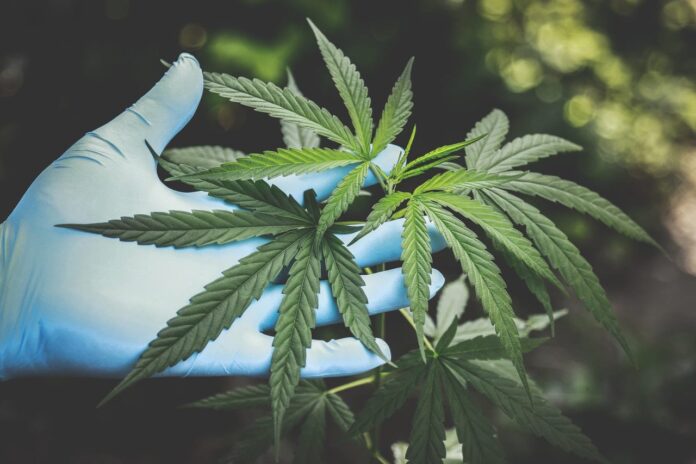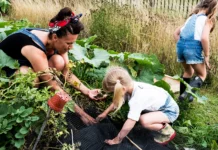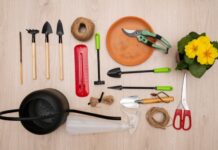In recent years, it seems that most people grow their cannabis plants indoors. It allows growers to control the environment, and there is less chance that they will be attacked by unwanted insects. Although many people have succeeded in growing good quality marijuana plants outdoors, bad weather conditions or a bug infestation can kill your plants at the drop of a hat.
Many people, with no gardening education whatsoever, attempt growing marijuana plants outdoors. Although it rarely seems to work, some have gotten very lucky and have been able to harvest plants that they planned a few months previous.
At the end of the day, anybody who plants a marijuana seed in the ground can successfully grow a cannabis plant. Although the chances of the plant dying at any stage through the process is high, it still is possible that they will succeed. The hard thing about growing marijuana is being able to grow good marijuana. Understanding the problems with growing cannabis outdoors will help you to avoid these issues in the future. Knowing these issues will help you avoid wasting time, money, and disappointment.
1. Not throwing away the Male Plant
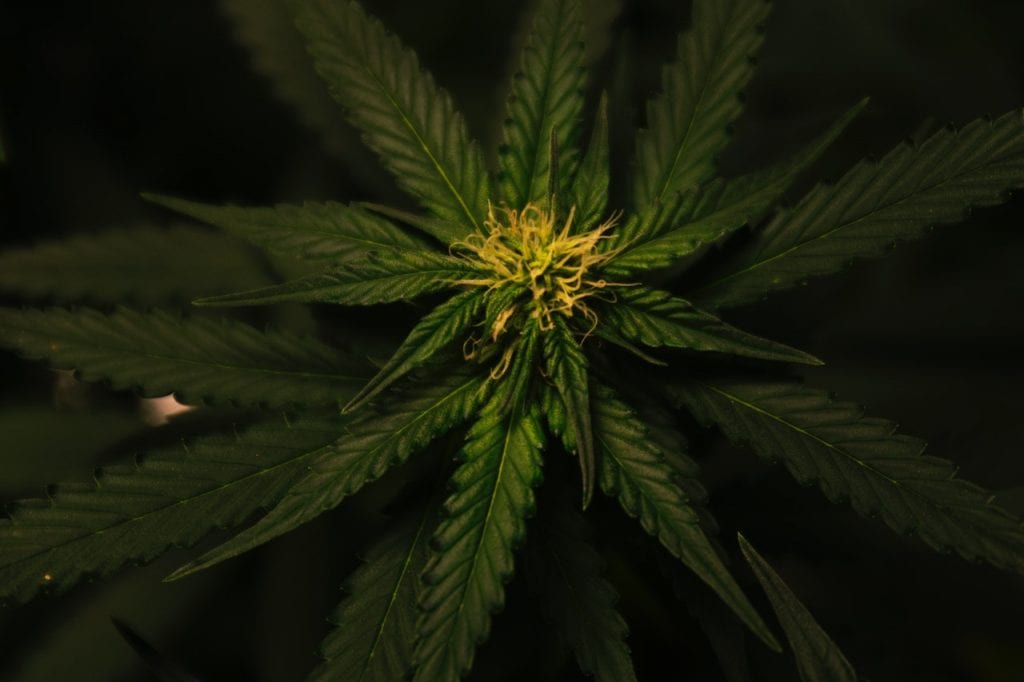
Once it is possible to see if your plant is male or female, it’s time to say goodbye to some of your plants. One of the biggest issues growers faces when growing marijuana is by hanging onto the male plants. If you don’t get rid of them, the male plants can pollinate all the rest of the female plants, which will destroy your whole crop.
To avoid this from happening, consider purchasing feminized marijuana seeds from a reliable provider like: https://amsterdammarijuanaseeds.com/marijuana-seeds. If you don’t want to throw away the male plants there are many positive things that you can do with them instead of disposing of them including cooking and juicing.
If you are not sure how to tell the difference between a male and a female marijuana plant, click here.
2. Poor Lighting
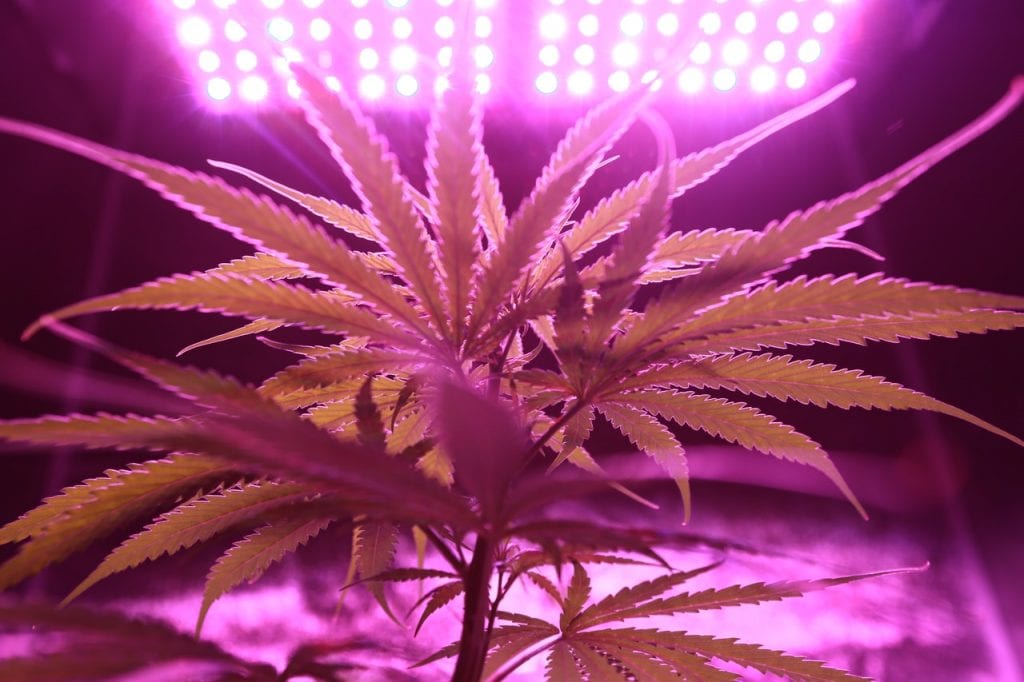
Just because you have decided to grow marijuana indoors doesn’t mean that you don’t have to consider lighting. A good area with decent light is essential to allow the plant to grow to its full potential. Marijuana plants use light to photosynthesize. Without light the plant won’t have access to food, so you will end up with a dead marijuana plant on your hands.
Lots of people worry about their neighbors or visitors seeing their marijuana crops growing, so they often hide them in places that won’t get much light. Unfortunately, these areas will not allow your plants to grow. If it is a big worry getting caught growing outdoors, perhaps you may have to consider an indoor grow instead.
3. Pests
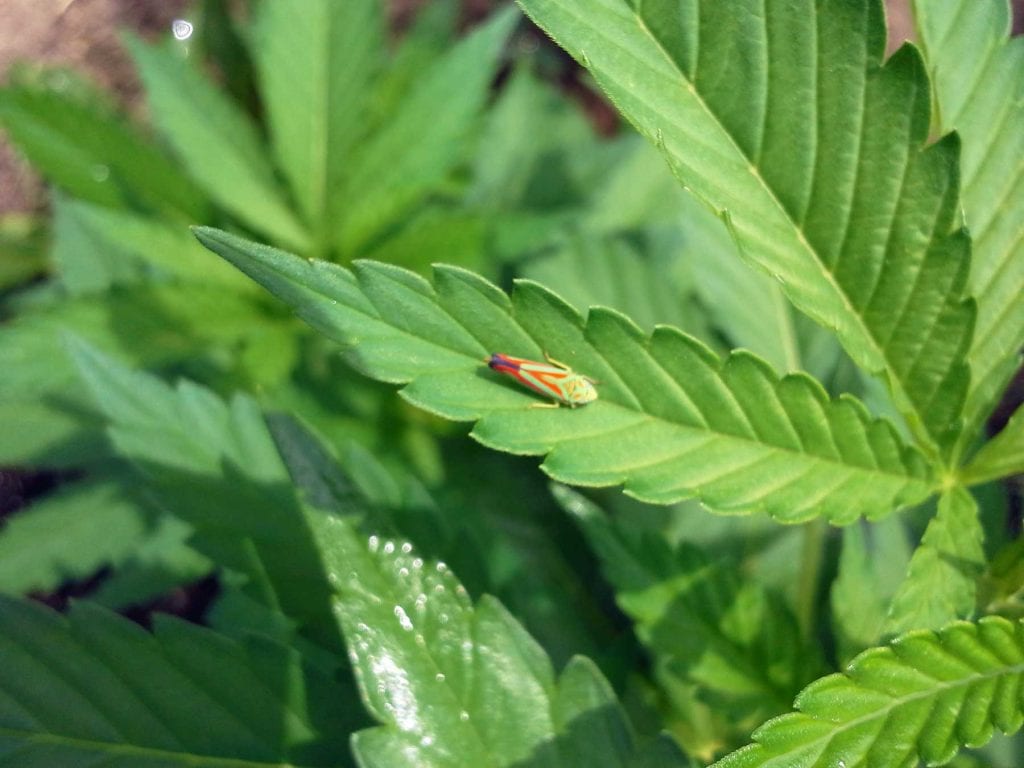
Every outdoor grower can’t stand the sight of bugs on their beloved marijuana plants. There is nothing worse than spending a lot of money and investing a lot of time in growing a beautiful cannabis plant, only to watch it destroyed by these annoying pests.
If you decide to grow outdoors you will notice how many animals and insects there are roaming around the soil. If you notice any sign of an infestation you need to put a stop to it immediately.
One way to help you avoid an infestation is by sterilizing your soil. Often, pests reside within your potting soil. Expose the material to high temperatures to help kill off most of the potential threats.
4. Harvesting your Plant Too Early or Too Late
A very common issue is when people harvest their plants at the wrong time. Lots of people get really excited, especially if it is their first attempt at growing marijuana, and they can’t wait to try out the cannabis they have grown, however, patients is key.
Investing in a decent magnifier will be a helpful tool to allow you to get a close look at the plant’s buds. Some magnifiers have lights attached to them which will help you get an even better look. Marijuana plants are ready for harvesting when the trichomes appear slightly milky. Keep in mind that you are not required to harvest the entire crop on the same day.
As the plant matures, don’t forget to remove some of its branches and examine each plant from the top to the bottom. Just because one plant is ready to harvest does not necessarily mean that every plant is ready. It would be a terrible shame to upset your crop at the final step.
5. Trimming too much
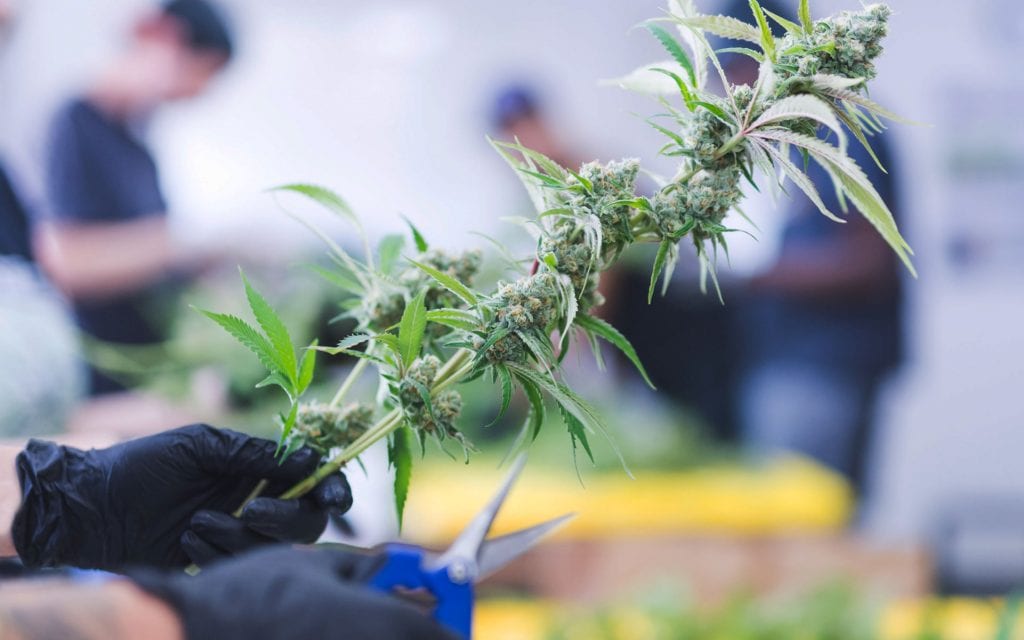
Another common mistake you see plenty of outdoor growers making is by going too far when trimming their plants. Trimming your plants is important to keep the plant healthy, however, you have to be careful not to go too far.
If you trim all the leaves and the stems, there is a strong possibility that the plant will get stressed out. It will be much more difficult for the cannabis plant to feed off the sunlight. Next time you take the clippers out to give your plant a haircut, keep in mind not to go overboard! Zamnesia.com offers an in-depth cannabis trimming scissor guide to help upstart growers ensure neat cuts and avoid residue build-up when trimming their plants.
6. Not Getting the Right Nutrients
Unfortunately, marijuana plants need more than just earth, light, air, and water to successfully grow, they also require nutrients. Feeding your crops specific nutrients at certain times during the process can help make an average marijuana plant smell and look amazing.
There are plenty of mineral supplements available in grow stores both online and in physical stores. Understanding the strain and the grow cycle is vital.
Summary
Although growing outdoor marijuana might seem extremely sophisticated, with a little bit of research, quality seeds, the right climate, and good nutrients, it is possible to grow extraordinary cannabis from your garden. Even if you think the climate you live in is not ideal for growing outdoors, consider searching for strains that might work in your area. You might be surprised how some plants manage to grow, even in extreme weather conditions.
Another common alternative is by using a greenhouse to grow your crops. This is a bit of a mixture between outdoor and indoor growing. Greenhouses are easier to keep pests from gaining access to.

